It seems you just want to combine these two columns, not add them in the sense of addition (+). Think of a zipper perhaps. Or two roads merging into one.
The two columns seem to have been created by two separate processes, the first looks to have more accuracy. However, after importing the data provided in the link, they have exactly the same values.
test <- read.csv("test.csv", row.names = 1)
options(digits=10)
head(test)
Sample_ID Sample_Intensity_RTC Sample_Intensity_nRTC
1 191017QMXP002 NA NA
2 191017QNXP008 41293681.00 41293681.00
3 191017CPXP009 111446376.86 111446376.86
4 191017HPXP010 92302936.62 92302936.62
5 191017USXP001 NA 76693308.46
6 191017USXP002 NA 76984658.00
In any case, to combine them, we can just use ifelse with the condition is.na for the first column.
test$new_col <- ifelse(is.na(test$Sample_Intensity_RTC),
test$Sample_Intensity_nRTC,
test$Sample_Intensity_RTC)
head(test)
Sample_ID Sample_Intensity_RTC Sample_Intensity_nRTC new_col
1 191017QMXP002 NA NA NA
2 191017QNXP008 41293681.00 41293681.00 41293681.00
3 191017CPXP009 111446376.86 111446376.86 111446376.86
4 191017HPXP010 92302936.62 92302936.62 92302936.62
5 191017USXP001 NA 76693308.46 76693308.46
6 191017USXP002 NA 76984658.00 76984658.00
sapply(test, function(x) sum(is.na(x)))
Sample_ID Sample_Intensity_RTC Sample_Intensity_nRTC new_col
0 126 143 108
You could also use the coalesce function from dplyr.
